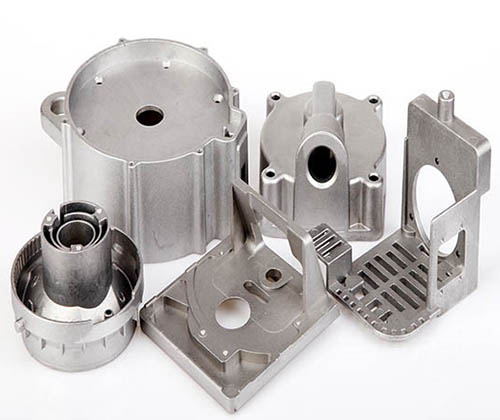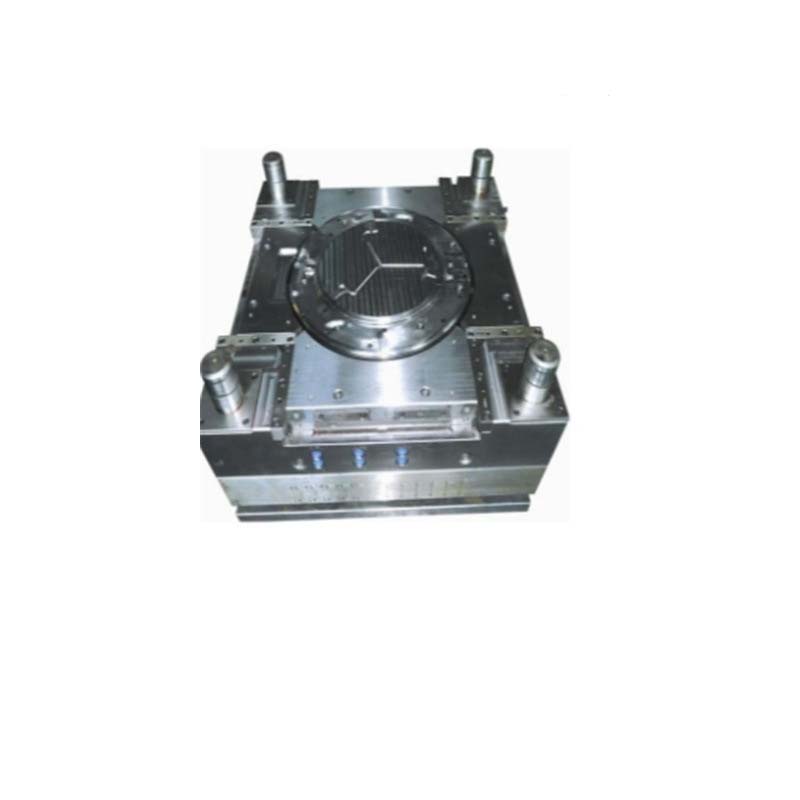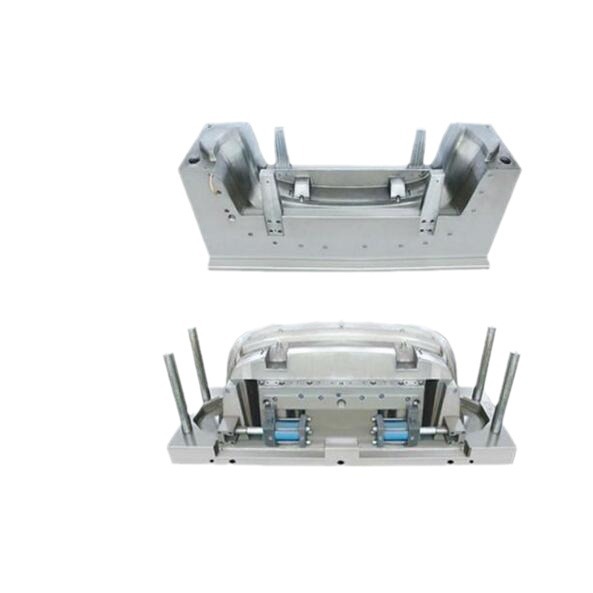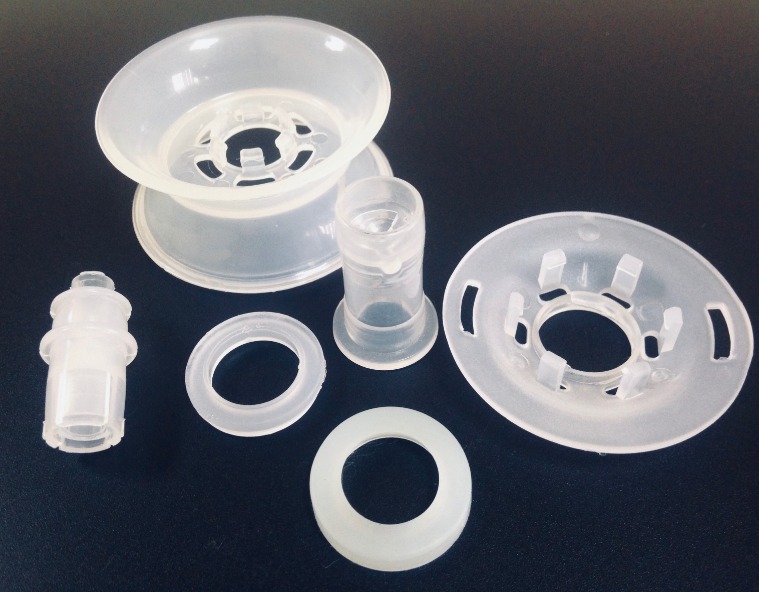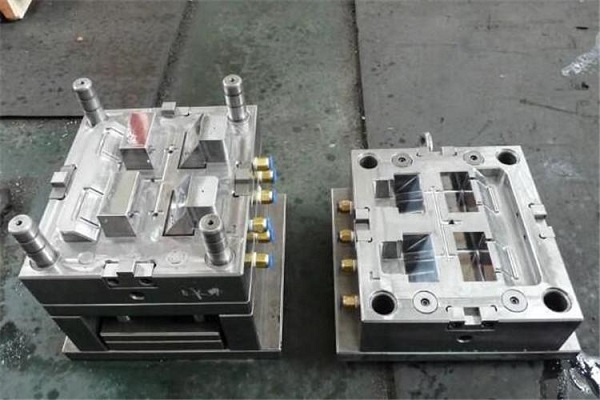Introduction
In the modern manufacturing industry, plastic mold manufacturers play a pivotal role. They are the key link connecting product design concepts with actual production, and their importance cannot be overstated. Plastic molds are widely used in numerous fields such as automotive, electronics, household appliances, medical devices, and packaging. For instance, in the automotive industry, plastic molds are used to produce various interior and exterior parts, which not only reduces the vehicle's weight but also improves fuel efficiency. In the electronics industry, they are essential for manufacturing components like mobile phone casings and circuit boards.
Technology has become the core driving force in the development of plastic molds. It is no longer just about traditional manufacturing techniques. Advanced technology can enhance the precision, efficiency, and lifespan of molds, and also enable the production of more complex and high - performance plastic products.
This article aims to help you, as our valued reader, gain a deeper understanding of how plastic mold manufacturers focus on developing molds with technology. We will explore different aspects, such as the latest technologies applied, the advantages they bring, and how to choose a reliable plastic mold manufacturer. Whether you are a business owner looking for high - quality plastic molds, an engineer interested in the latest technological trends, or a professional in the manufacturing industry, the content here will provide valuable insights and solutions to your concerns.
Key Technologies Transforming Plastic Mold Development
CAD/CAM/CAE Technology Integration
CAD (Computer - Aided Design), CAM (Computer - Aided Manufacturing), and CAE (Computer - Aided Engineering) technologies have become the cornerstone of modern plastic mold development.
CAD technology allows designers to create precise 3D models of plastic molds on computers. For example, with software like ProEngineer or UG, designers can quickly design complex mold structures, adjust dimensions, and visualize the final product. It enables the creation of detailed 2D drawings for manufacturing purposes.
CAM technology is mainly used in the manufacturing process. It converts the design data from CAD into machine - readable instructions, guiding CNC (Computer Numerical Control) machines to manufacture molds accurately. This significantly improves the manufacturing efficiency and reduces human - error.
CAE technology plays a crucial role in mold analysis. It simulates the plastic injection process, predicting potential problems such as filling imbalance, warping, and cooling non - uniformity. For instance, MOLDFLOW software can analyze the flow of plastic melt in the mold cavity, providing insights into how to optimize the mold design.
A well - known plastic mold manufacturer, ABC Mold Company, adopted CAD/CAM/CAE integration technology. They reduced the mold design cycle by 30% and improved the first - time mold trial success rate from 60% to 90%, saving both time and cost.
Precision Machining Technologies
Precision machining technologies are essential for producing high - quality plastic molds.
EDM (Electrical Discharge Machining) is a non - traditional machining method. It uses electrical discharges to erode the workpiece material, creating the desired shape. EDM is particularly suitable for processing complex shapes and hard materials. For example, it can achieve a machining accuracy of up to ±0.001mm and a surface roughness of Ra0.1 - 0.05μm. In the production of molds with intricate cavities, EDM can create details that traditional machining methods cannot.
High - speed milling is another advanced technology. With high - speed spindles (up to 50,000 rpm in some cases) and advanced cutting tools, it can achieve high - speed and high - precision machining. It can process molds with a shape error of less than 2μm. Compared with traditional milling, high - speed milling has a higher material removal rate and can produce a better surface finish. In the production of plastic molds for mobile phone casings, high - speed milling can quickly machine the complex outer shape and internal structures, improving production efficiency.
| Machining Technology | Precision (mm) | Surface Roughness (Ra, μm) | Advantages |
| Traditional Machining | ±0.01 - 0.1 | 1 - 5 | Widely used, relatively low - cost for simple shapes |
| EDM | ±0.001 | 0.05 - 0.1 | Suitable for complex shapes and hard materials |
| High - speed Milling | ±0.002 | 0.1 - 0.5 | High - speed, high - precision, high material - removal rate |
Material Innovation and Application
The development of new plastic materials has a profound impact on plastic mold manufacturing.
For example, biodegradable plastics like polylactic acid (PLA) are becoming more popular due to environmental concerns. PLA has good mechanical properties and can be used in applications such as disposable packaging molds. Another example is high - strength engineering plastics like polycarbonate (PC). PC has excellent impact resistance, heat resistance, and dimensional stability, making it suitable for molds used in the automotive and electronics industries.
| Material | Advantages | Disadvantages | Suitable Scenarios |
| PLA | Biodegradable, non - toxic | Low heat resistance | Disposable packaging, agricultural films |
| PC | High impact resistance, heat - resistant | High cost, difficult to process | Automotive parts, electronic device casings |
| ABS | Good processability, high strength - to - weight ratio | Poor heat resistance | Toys, household appliance shells |
Yigu Technology's Perspective
As a non - standard plastic metal products custom Supplier, Yigu Technology attaches great importance to the application of technology in mold development.
We deeply understand that advanced technology is the key to standing out in the highly competitive market. Yigu Technology has a professional R&D team proficient in the latest CAD/CAM/CAE software. This allows us to design molds with high precision, shortening the design cycle and reducing development costs for our customers. For example, when developing a complex non - standard plastic part for a medical device, our team used CAD technology to quickly create a 3D model, and CAE analysis to optimize the design, ensuring the part's quality and performance.
Our technical advantages also lie in precision machining. We have advanced EDM and high - speed milling equipment, which can meet the strictest requirements for mold precision and surface quality. This ensures that the molds we produce can manufacture high - quality plastic products, meeting the needs of different industries.
In addition, Yigu Technology provides comprehensive technical support to customers. From the initial product design consultation to after - sales service, we offer one - stop solutions. We work closely with customers, understanding their specific needs, and using our technical expertise to provide the most suitable mold development plan. This not only helps customers solve problems but also improves their overall production efficiency and product competitiveness.
Conclusion
In conclusion, technology is the lifeblood of modern plastic mold development. The integration of CAD/CAM/CAE technology, precision machining technologies like EDM and high - speed milling, and material innovation are revolutionizing the industry. These advancements enhance the precision, efficiency, and lifespan of plastic molds, enabling the production of high - quality and complex plastic products.
Manufacturers can measure the effectiveness of these technological applications through various metrics. For example, they can track the reduction in mold design and manufacturing cycle times, the improvement in product quality, and the increase in production efficiency.
If you are facing challenges in plastic mold development, whether it's related to precision requirements, complex product designs, or material - related issues, it is highly recommended that you cooperate with professional plastic mold manufacturers. They have the expertise, advanced technology, and equipment to help you overcome these problems. By leveraging their technological capabilities, you can ensure the successful development of high - quality plastic molds, which is crucial for the success of your products in the market.
